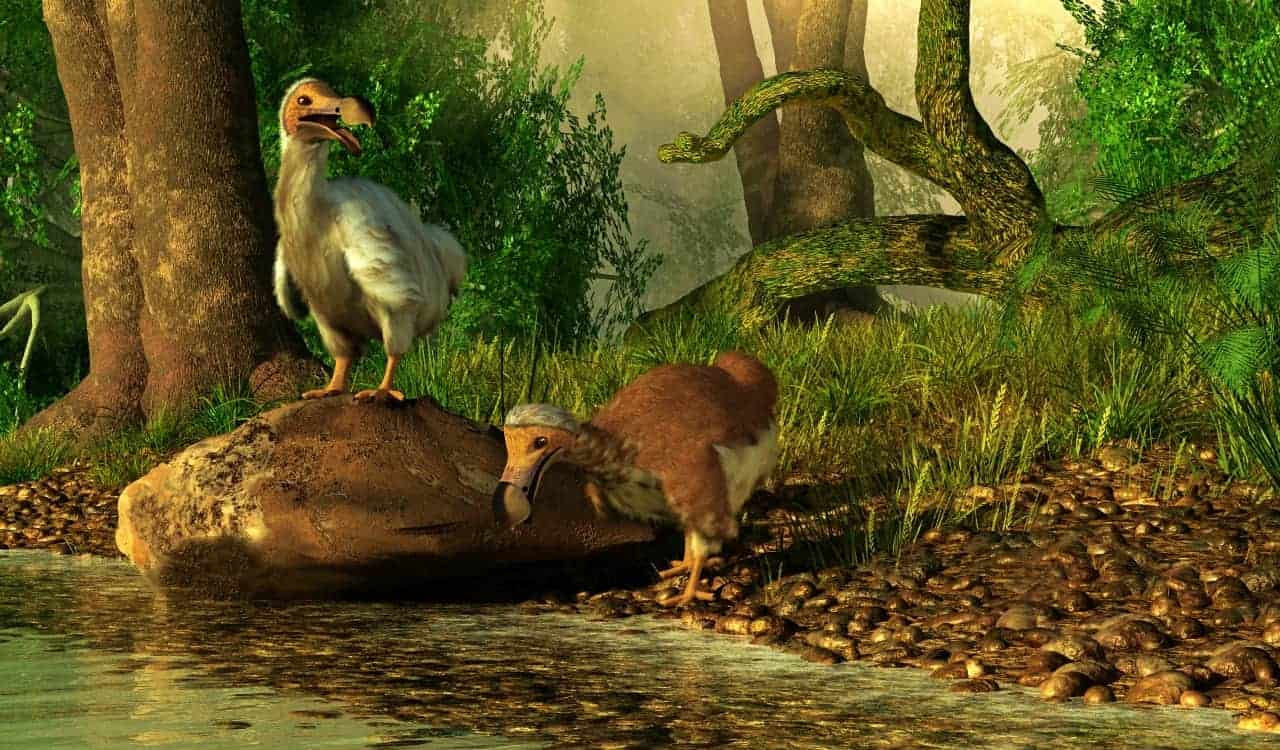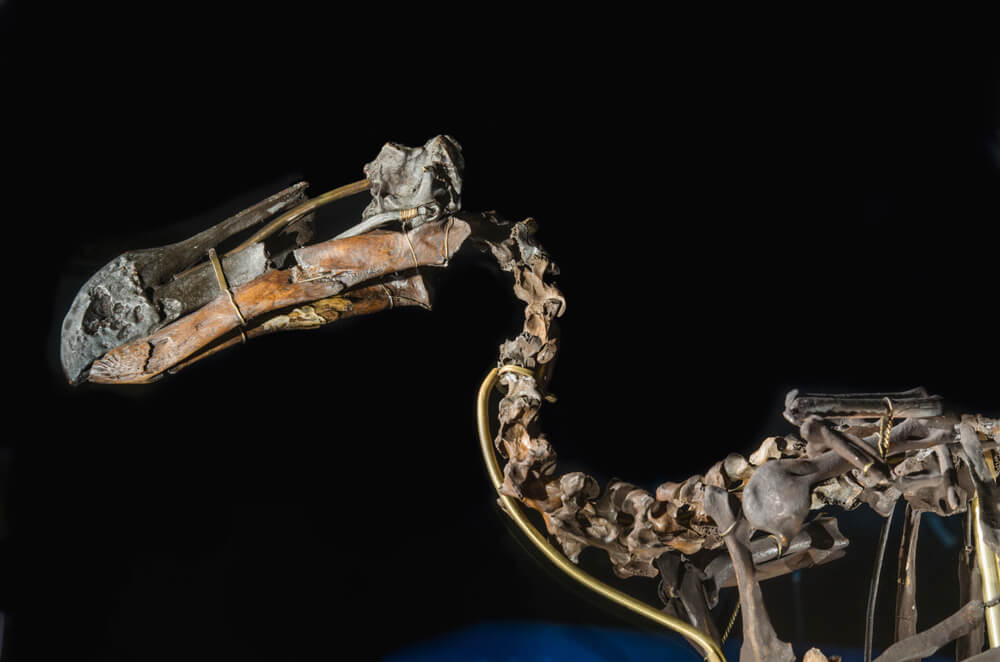Gene editing has come a long way. What we once thought to be science fiction has become reality. Specifically when it involves something known as clustered regularly interspaced short palindromic repeats. The world mostly knows this by its abbreviated name, CRISPR. What exactly is CRISPR? Essentially, it’s a family of DNA sequences that can be found in the genomes of all living creatures, belonging to the prokaryotic organisms. This is an area where you’ll see things like Achaea and even Bacteria. The sequences are formed from DNA fragments of bacteriophages, infected by prokaryotes.
In layman’s terms, CRISPR allows you to edit DNA overall. When put into action at an early enough stage, one could wipe out possible future medical problems. Things like diabetes and other genetic disorders could be eradicated eventually. Once further advancements are made, gene editing could likely be done among adults to help against viruses or potentially things like cancer! However, it’s not only human beings that can benefit. Animals could also, as CRISPR will offer the opportunity to bring back pretty much any extinct species.
The possibilities of CRISPR and future gene-editing material is pretty much endless at this point. Now science will be working to bring back some extinct species and potentially could invent others. We felt it might be good to discuss just some of the species that have been discussed.
Dodo Bird

Went Extinct: 1662
Closest Related Species: Nicobar pigeon
For many years, the Dodo Bird has been mentioned as a species that science wants to bring back. Not many understood why at first, considering it was widely assumed the Dodo was an ignorant bird species. Yet this is kind of a misnomer. The Dodo was used as a kind of dumb animal in Alice’s Adventures in Wonderland, a novel published in the mid-1860s. Some even assumed it was so dumb that it led to its own extinction but this is not really true. The first known mention of the Dodo Bird was in 1598.

Yet it was said to have last been seen in 1662, less than 100 years after its believed discovery. The bird became a symbol for conservation, and how over-hunting or environmental interference was leading to animal extinctions. There is still so much that we do not know about the species, as it had never truly been studied enough. Through gene editing, we could bring it back from the dead. Its closest living relative is the Nicobar Pigeon, yet the Dodo was actually a flightless bird species, unlike the Nicobar. Yet small alterations like this are easy to make in gene editing.
